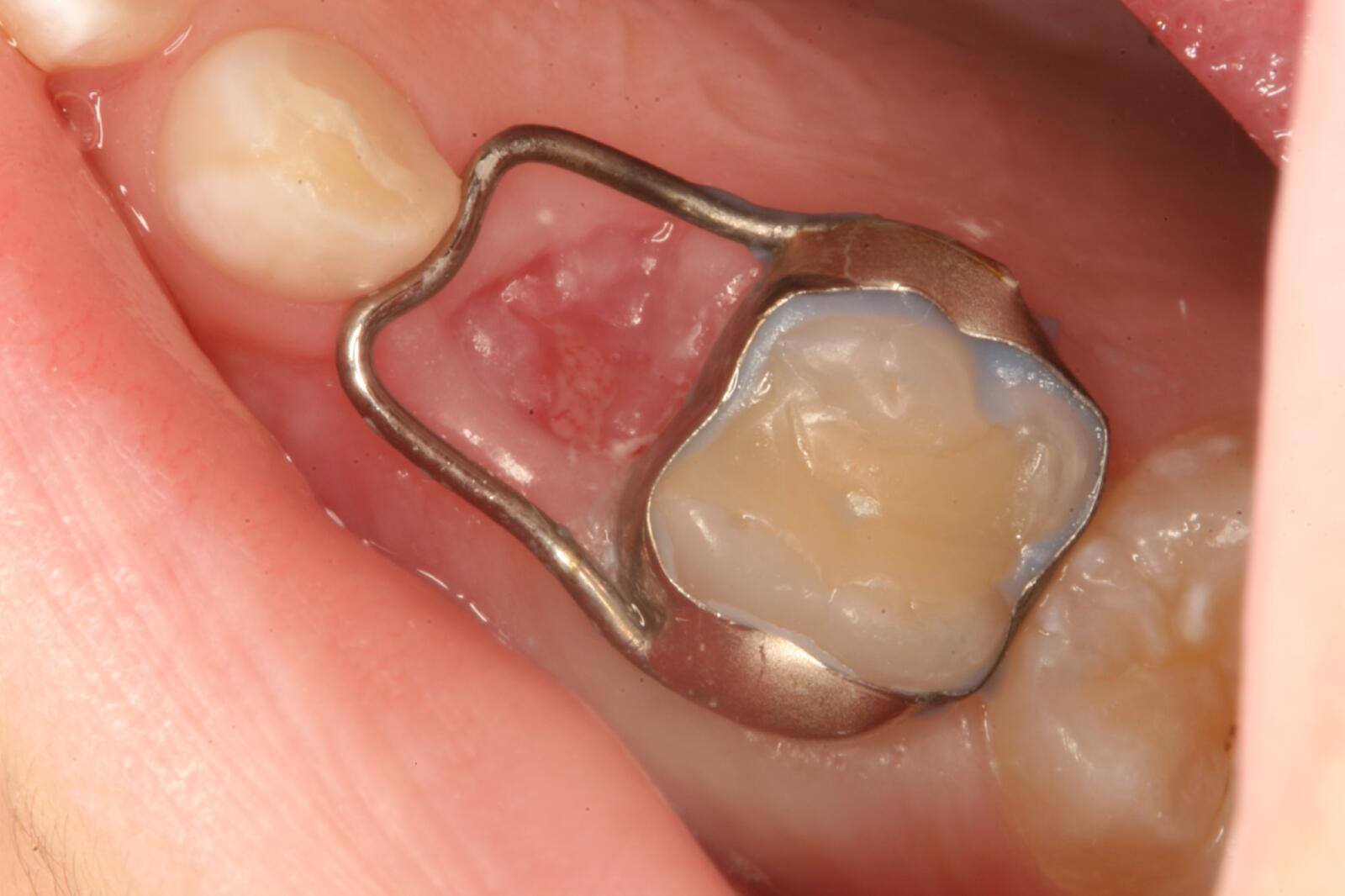
When a baby tooth falls out too soon, it creates space. That space isn’t just empty—it’s vulnerable. Neighboring teeth can drift into it. This may block the permanent tooth from erupting properly. A space maintainer prevents this. It holds the position open until the adult tooth is ready. Without it, alignment problems can develop. Later braces or extractions may become necessary.
Not all early tooth loss requires a space maintainer, but it’s often considered for molars
Molars guide chewing and spacing. They’re large and deeply rooted. When one is lost early, the surrounding teeth tend to collapse inward. That narrows the arch. If the permanent tooth underneath hasn’t formed yet, space is easily lost. Dentists evaluate whether the tooth was close to eruption. X-rays show how far along development is. If eruption is distant, a space maintainer is usually advised.
There are fixed and removable space maintainers depending on the child’s needs and cooperation
Fixed types are attached to nearby teeth. They can’t be removed at home. That makes them more secure. They’re common for younger children who may not manage devices well. Removable ones look like retainers. Older kids who can follow instructions may receive these. Both types work by maintaining space—just with different strategies. The dentist chooses based on age, oral habits, and location of loss.
Space maintainers do not replace teeth—they simply hold space open for the permanent ones
This is a common misunderstanding. A space maintainer isn’t a false tooth. It doesn’t fill a gap for cosmetic reasons. Its role is mechanical. It holds position. That’s all. Some parents expect a tooth-shaped replacement. But the goal isn’t appearance—it’s future alignment. Once the adult tooth erupts, the maintainer is removed. The mouth resumes its natural path.
Placement is typically quick, painless, and done in a standard dental office visit
Children often worry about dental procedures. But space maintainer placement is gentle. The area may be cleaned and measured. Impressions are sometimes taken. Then the device is fitted, either cemented or given with instructions. No anesthesia is usually needed. It feels different at first—but not painful. Adjustments may be made in follow-up visits if it loosens or rubs.
If space isn’t preserved, permanent teeth may erupt crooked, twisted, or become trapped below the gum
Crowding is one of the biggest risks. When space is lost, adult teeth can’t emerge straight. They rotate, shift, or fail to erupt. This affects bite, chewing, and speech. It also increases the chance of needing braces. Some cases require surgery to expose hidden teeth. Space maintainers help avoid this by preventing early drift. They guide the eruption path safely.
Poor oral hygiene or sticky foods can damage space maintainers and lead to complications
Children must care for their devices. Brushing is essential—especially around the metal parts. Food can get trapped and cause decay. Sticky candies or gum may pull a maintainer loose. Parents should check regularly. Any signs of redness, swelling, or food buildup need attention. Dentists will show how to clean the device. Preventing problems is part of the process.
Regular follow-ups ensure the maintainer still fits well and doesn’t interfere with new tooth growth
A well-fitted device can still shift over time. As the jaw grows and new teeth form, adjustments may be needed. The dentist monitors fit, comfort, and eruption status. Sometimes the device is trimmed. Other times, it’s replaced entirely. Skipping checkups increases the risk of unnoticed problems. Maintenance is part of long-term success.
Some children feel discomfort at first, but most adjust quickly and forget it’s there
The metal or acrylic can feel odd initially. Children might touch it with their tongue. Some speech changes may occur briefly. But the sensation fades quickly. Within days, most children don’t notice it. As long as it doesn’t cause pain or sores, no changes are needed. If irritation persists, the dentist will smooth rough edges or refit the piece.
Once the adult tooth is ready to erupt, the space maintainer is removed by the dentist
Timing is key. Removing it too early allows drift. Leaving it too long may block the new tooth. X-rays help track root development. The dentist checks for swelling or eruption pressure. Removal is simple. The device is gently detached in the office. Most children feel only light pressure. Then the natural tooth comes in at its own pace.
